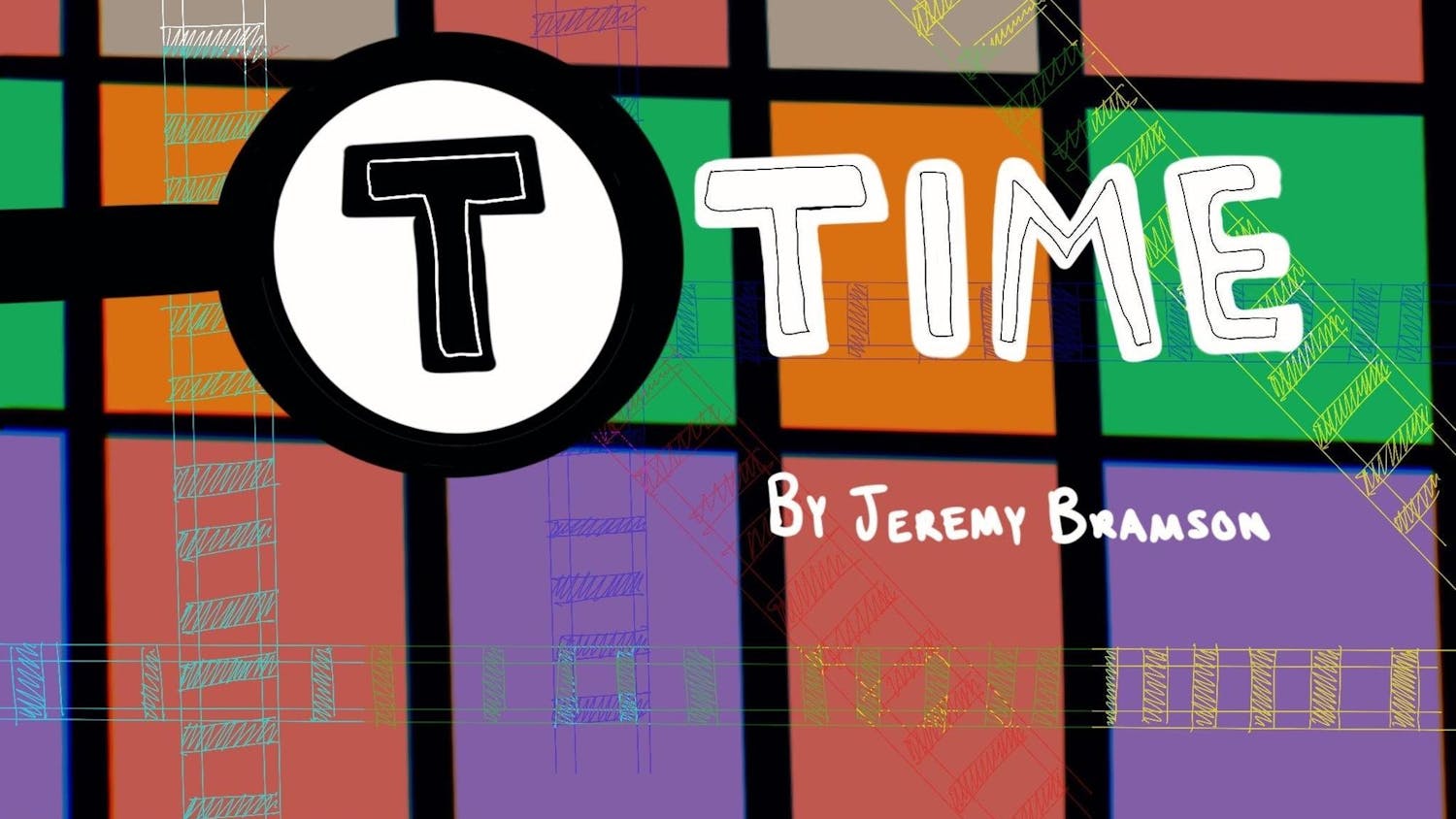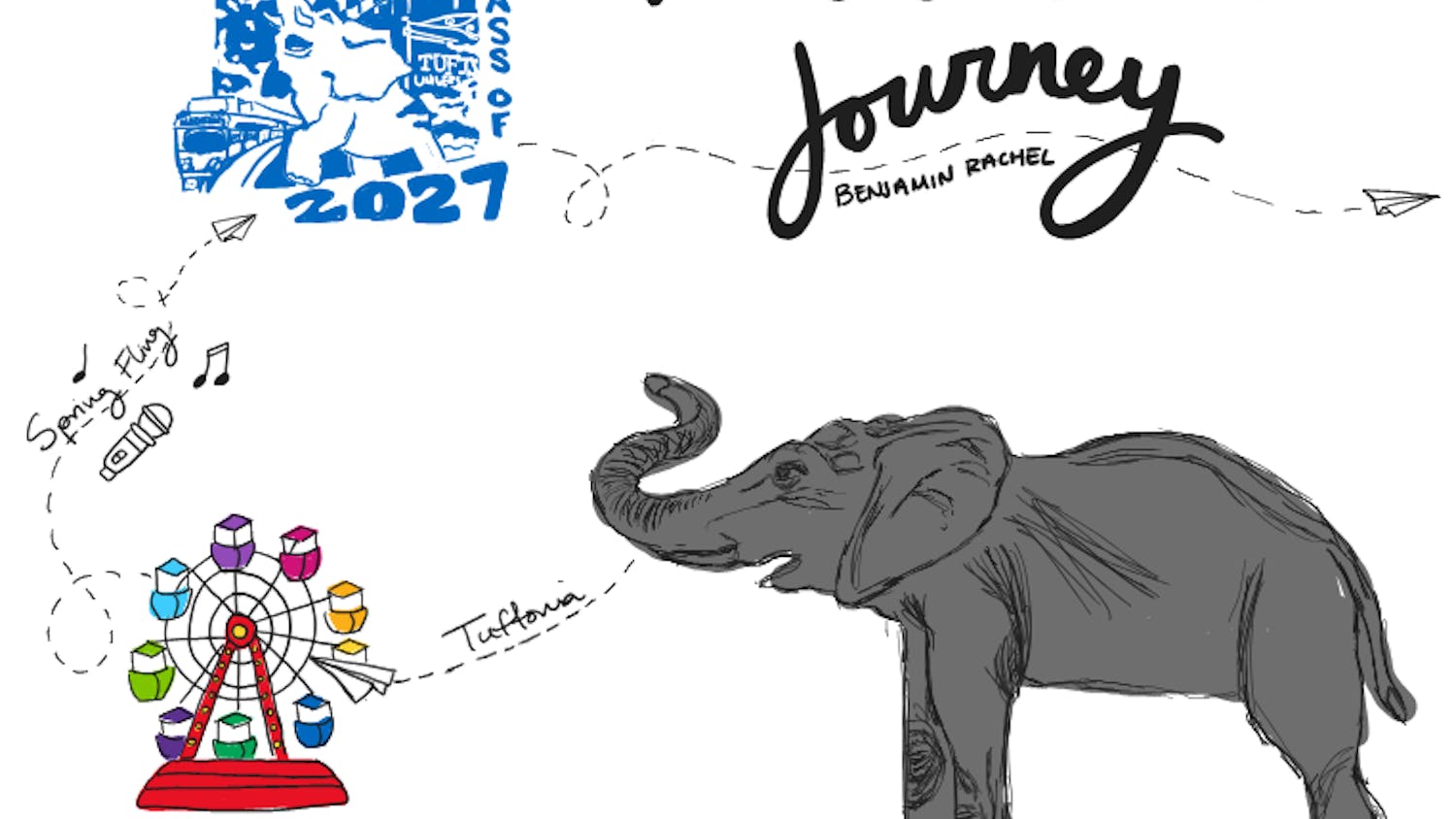In the late 1980s, the 1990s, and well into the 2000s, David Stern grew the NBA into something of a colossus. Stern, with a little help from Michael Jordan and a colorful, if fractious, Celtics-Lakers rivalry, made his brand into an international household name, setting up shop in 13 countries on three continents. Since then, the NBA has undergone astronomical growth -- and it has shown no signs of slowing down.
Earlier this month, the NBA -- with Adam Silver now at the helm -- inked a television deal with its current partners worth $24 billion over nine years, which is expected to triple its revenue by the year 2025. It was long in the making, alluded to during the last free agency period when a cadre of superstars, taking a cue from Lebron James, opted for shorter contracts in order to capitalize on a higher cap ceiling. The deal was a foregone conclusion, and the players hedged. Smart move.
But it was not only the players -- employees, in this context -- who stood to gain. The move was lauded by both the ownership and the Players' Association in a rare display of concord. There will be a substantial windfall for each side, with virtually no downside -- if you discount the specter of (most likely protracted) negotiations toward a new Collective Bargaining Agreement.
The latest iteration of the CBA, which will remain in effect until 2021 unless either side opts out in 2017, was hashed out in 2011. Of its myriad injunctions, the one of arguably the greatest consequence is the revenue split. Pursuant to the CBA, league revenue, or Basketball Related Income, would be meted out in the following manner: 51.15 percent to the players in year one, between 49 percent and 51 percent, as determined by some labyrinthine formula, in the subsequent years; in addition, one percent of BRI -- from only the players' share -- would be allotted for a post-career fund. Although this numerical breakdown seemed fair, it actually dealt a huge blow to the players, for it marked a precipitous drop-off from their share of 57 percent enjoined by the previous CBA. In 2012, that meant a loss in the hundreds of millions.
In the next round of negotiations each side will make its case, and each will have merit. There is one critical difference, however, between the parties: the players, whose best asset is their fitness and skill level, tend to depreciate with time, and thus have a limited window in which to draw income, however exorbitant.
The Maloof family, which tortured the city of Sacramento from 1998 until 2013, surrendered the Kings at long last to tech magnate Vivek Ranadive. Once the handover was finalized, the city let out the sigh heard 'round the world. The Maloofs had ruined the beloved franchise through astounding incompetence, seemingly oblivious to their pariahdom. Throughout their tenure, they were accountable to no one, free to screw things up with impunity.
The Maloofs were born with silver spoons, their father having secured the rights to distribute Coors in the Southwest in the late 1930s. They have used this wealth as a springboard for other ventures, including real estate, hotels, and casinos -- many of which have failed spectacularly. This dearth of business acumen was on full blast in Sacramento, where their ownership was marred by infighting and a litany of bad decisions. The reward for such egregious mismanagement? An NBA-record sale of $535 million, for a small-market team in the backwoods of Northern California. That record was eclipsed fourfold earlier this year when Donald Sterling, in the wake of that awful scandal, absconded with $2 billion.
No matter what, if the NBA continues its upward trajectory, each of its constituent teams will appreciate as it lined the pockets of their owners. Moreover, all the NBA needs to do so is trot out its players, whose lives are already highly regimented and who comprise the NBA's de facto marketing and advertising departments. The players, therefore, on top of a grueling 82-game season, perform manifold functions as employees of the NBA. Their share should reflect their numerous duties and contributions as the lifeblood of the NBA.
More from The Tufts Daily





